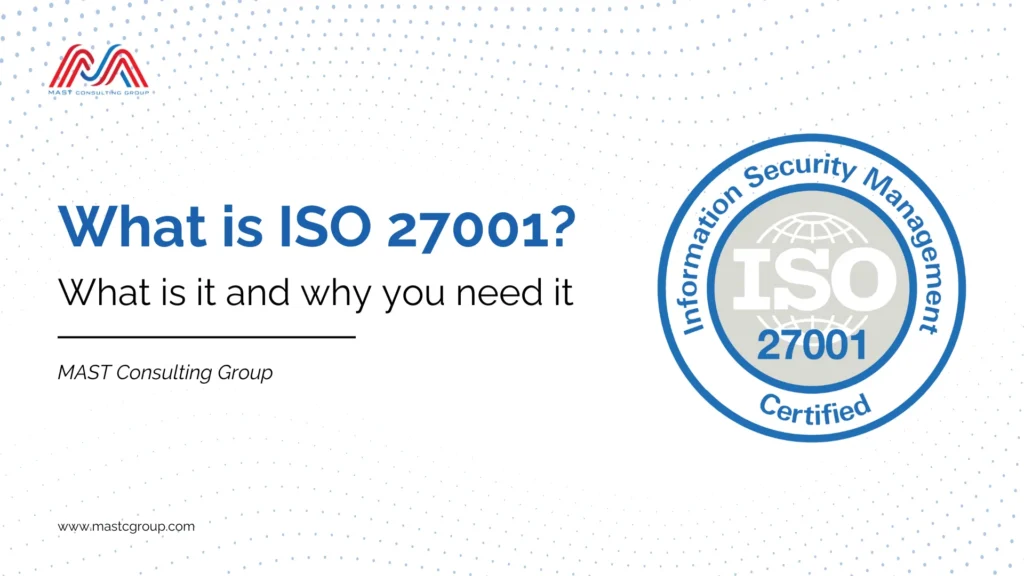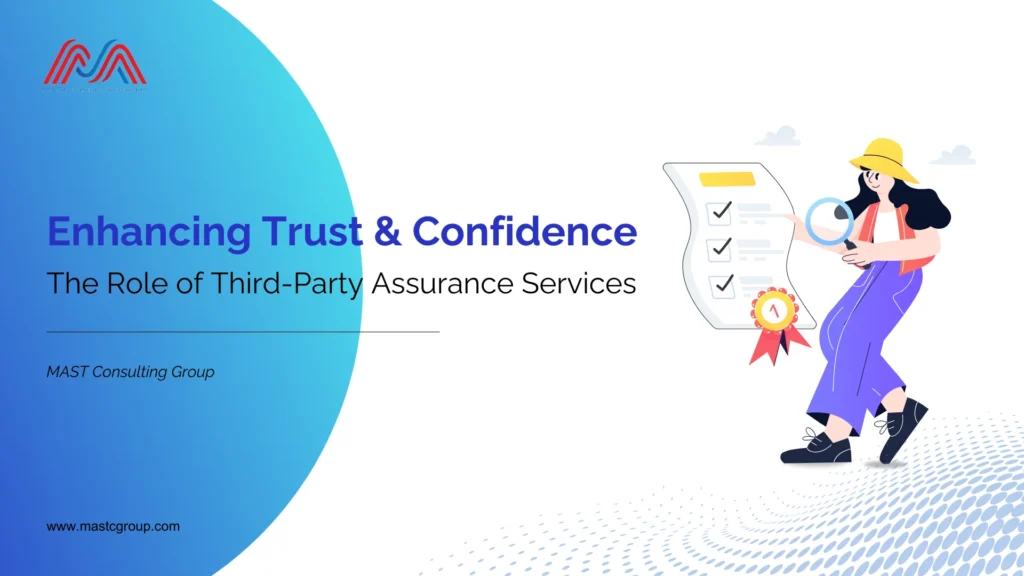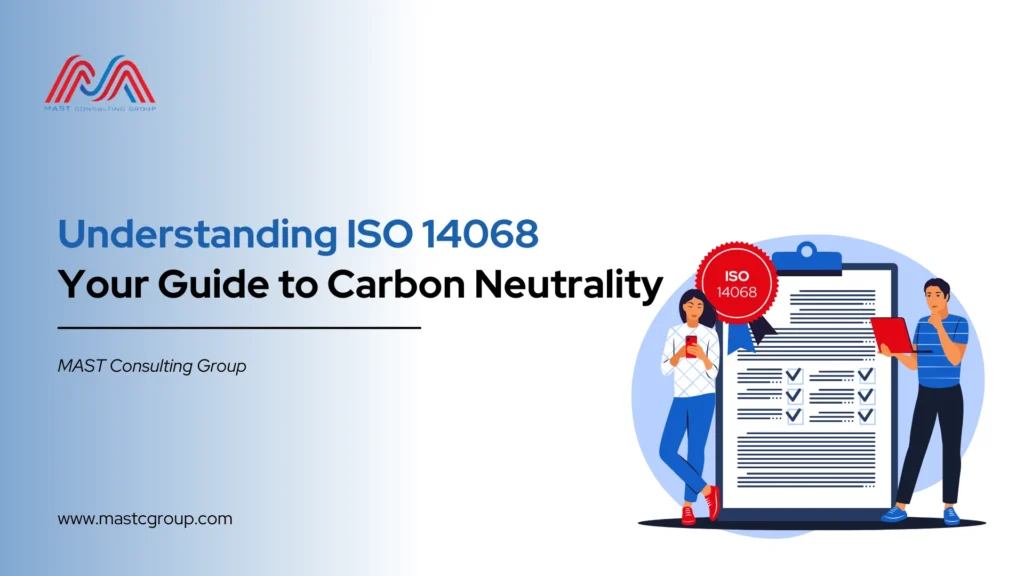
In the current digital era, businesses of all sizes and sectors must protect sensitive data and guarantee the protection of data assets. Here’s where the application of ISO 27001 occurs. ISO 27001, one of the most well-known standards for information security management systems (ISMS), offers a systematic way to handle important enterprise data while guaranteeing its availability, confidentiality, and integrity.
What does ISO 27001 mean?
The International Organization for Standardization (ISO) produced ISO 27001, an international standard that describes the conditions for creating, putting into practice, upholding, and continuously enhancing an ISMS. It gives businesses a foundation for methodically managing and safeguarding their information assets.
ISO and the Purpose of the ISO 27001 Framework
Assisting enterprises in creating, implementing, maintaining, and continuously improving an ISMS is the core goal of ISO 27001. Organizations may successfully manage the security of their information assets, identify and reduce risks, and guarantee compliance with contractual, legal, and regulatory obligations by using this systematic approach.
Why is ISO 27001 important?
ISO 27001 holds significance for multiple rationales. First and foremost, it aids businesses in defending their valuable, sensitive data assets against intrusions, cyberattacks, and illegal access. Second, showcasing the organization’s dedication to information security improves the organization’s trust and reputation. Lastly, ISO 27001 offers an organized method for risk management that helps businesses recognize, evaluate, and successfully reduce information security threats.
The Three Principles of International Organization for Standardization 27001
International Organization for Standardization 27001 is based on three fundamental principles:
- Confidentiality: Maintaining information access restricted to those with permission is known as confidentiality.
- Integrity: Safeguarding the accuracy and completeness of information and preventing unauthorized modification.
- Availability: Ensuring that information and information systems are available when needed by authorized users.
Why do we need an ISMS?
An ISMS, as defined by ISO 27001, is a systematic approach to managing sensitive company information to remain secure. It encompasses people, processes, and technology and helps organizations establish policies, procedures, and controls to protect their information assets from various threats.
How does ISO 27001 work?
ISO 27001 provides a framework for organizations to establish, implement, maintain, and continually improve their ISMS. The process involves several key steps, including:
- Understanding the organization and its context
- Identifying information security risks and establishing risk treatment plans
- Implementing controls to mitigate identified risks
- Monitoring, measuring, and evaluating the effectiveness of the ISMS
- Continually improving the ISMS based on performance evaluation and changes in the organization’s context
What are the ISO 27001 controls?
Organizations can use the procedures outlined in ISO 27001 to handle a range of information security threats. Information security policies, asset management, information security aspects of business continuity management, supplier relationships, operations security, communications security, physical and environmental security, access control, cryptography, system acquisition, development, and maintenance, information security incident management, and compliance and audit are some of the 14 domains into which these controls are divided.
How many controls are there in ISO 27001?
ISO 27001 specifies 114 controls across the 14 domains mentioned above. These controls are designed to address various information security risks and ensure effective information security management within organizations.
How do you implement ISO 27001 controls?
Implementing ISO 27001 controls involves several key steps, including:
- Identifying relevant controls based on the organization’s information security risks and requirements
- Developing policies, procedures, and guidelines for implementing and maintaining the identified controls
- Training employees on their roles and responsibilities regarding information security
- Implementing technical controls, such as access control mechanisms, encryption, and intrusion detection systems
- Monitoring and reviewing the effectiveness of implemented controls regularly
- Continually improving the ISMS based on lessons learned and changes in the organization’s environment
In conclusion, ISO 27001 is crucial in helping organizations manage and protect their information assets effectively. By adhering to the principles and requirements outlined in ISO 27001, organizations can enhance their information security posture, mitigate risks, and ensure their sensitive information assets’ confidentiality, integrity, and availability.



